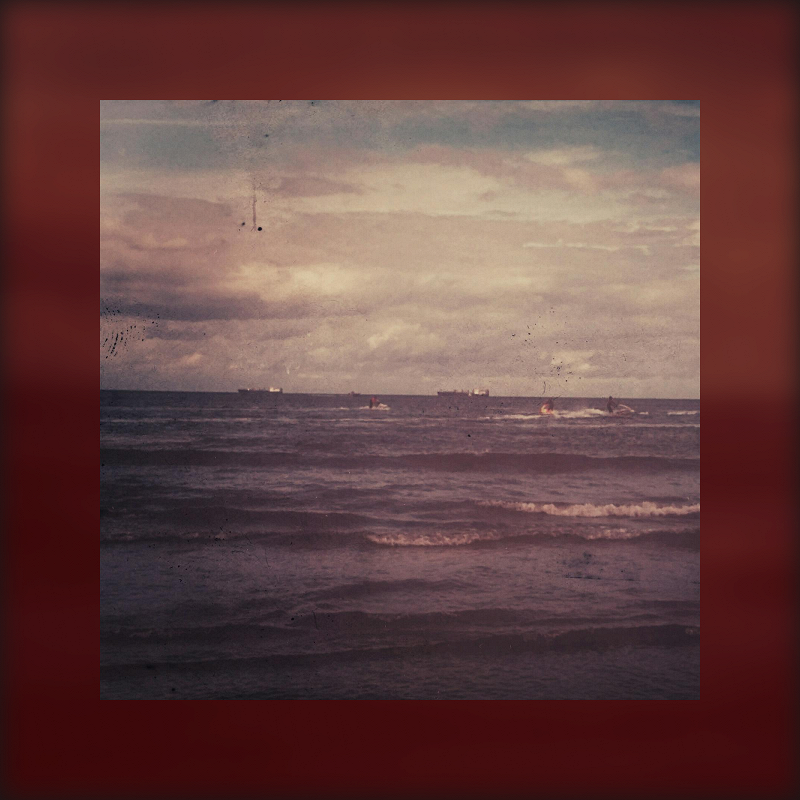Letterbox, Pillarbox, and Windowbox Effects for Vloggers
Letterboxing has nothing to do with letters, as well as pillar- and windowboxing — with pillars and windows. Let's get to the bottom of these terms.

Letterbox vs. pillarbox vs. windowbox
Have you ever noticed black bars on the sides of a shot? Sometimes, they frame it on the top and the bottom, sometimes — on the right and the left, and in very seldom cases, you can see these cinematic bars on all four sides.
That's actually what letterboxing, pillarboxing, and windowbox are, respectively.
Letterbox (horizontal bars) appears when a 2.35:1 aspect ratio shot (the most common one) is squeezed into the 16:9 monitor. Black "pillows" are inevitable if you display a 4:3 recording (most old movies have this aspect ratio) on a modern screen. And when those two "boxes" overlap, here we get a windowbox, also known as a Postage Stamp.

Cinematic bars are crucial for keeping the original video's aspect ratio without cropping or distorting an image. Beyond that, they can also be used as an artistic technique, for example, to make a recording look like a cinematic video or an old movie.
Now, when the questions "What is letterboxing?" and "What is the difference between various cinematic bars types?" are off the table, let's dive into details.
Creative usage of cinematic bars
Black bars can efficiently enhance storytelling, focus viewers' attention on the main point, and create aesthetically impeccable images. Here are several ideas on how to use them most effectively.
Letterbox is the best solution for wide-screen shots. Talking about camera movements, it's the ideal option for spans. "Horizontal" image embraces landscapes, creates a feeling of "wide open spaces", and gives context to the action. This effect comes in handy in travel vlogs — for example, the one by Peter McKinnon.

Another option: creating highly artistic, classy movie-like short videos with elaborate plots and deep emotional involvement.
Pillarbox makes the frame look old-fashioned; that's a proper technique for creating cozy, retro-like video posts. It may be used in historical vlogs that include extracts from old films and documentaries or vintage channels.

Also, vertical bars narrow the frame and make the viewers focus on the main subject. This way, it can be used for tech reviews or interviews.
Windowbox is almost never used "in the wild", and hence it's almost always an intentional artistic effect. Four black bars make the frame look isolated, like a picture in a picture. Also, they can highlight the most essential info and emphasize the meaning of the element.

Windowbox can come in handy in vlogs about classic and modern art or educational channels.
How to add cinematic black bars
Cinematic bars appear automatically when you fit the recording into another aspect ratio. For example, to give a vertically-shot mobile video a landscape orientation, or vice versa. You can find various editing software to resize video for that, both costly and free, browser-based, and the one you should install.
If your actual aspect ratio coincides with the one you need and you just want to add some artistic effect or, for some reason, don't want to alter the recording itself, you can use black bars PNG. Just download a transparent image with the needed bars from any stock library and overlay it to your recording in any editing software of your choice.
Generally speaking, those are two main ways of getting black bars; all the others are just their variations. As for the tools, any software with a crop option will do the job, so just pick up your favorite one.

Here are some hints to consider.
- Be consistent. While some cinematographers intentionally change their shooting's aspect ratio, this trick will not pay off in a short video. Stick to the chosen format and black bars type.
- If you manually crop your shooting to get the effect we are talking about, you can simulate a 2.35:1 aspect ratio by blacking out 12% of the image at the top and at the bottom.
- On the other hand, you don't have to keep any "classic" ratios and easily set a custom bars' width.
- Before adding any special effects, including cinematic bars, make sure your main editing is over, and the recording's aspect ratio matches the chosen platform.
- Black bars don't really have to be black. You may set their color or even blur them.
Cinematic bars initially appeared as a way to adapt films to any display, but eventually, they became an artistic technique used to create a certain mood, emphasize necessary elements, or make the recording more appealing and catchy.



